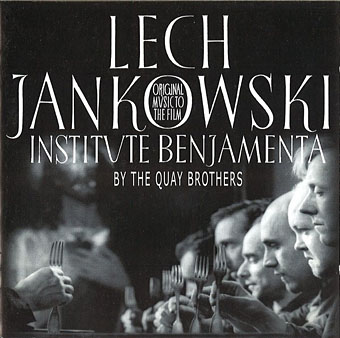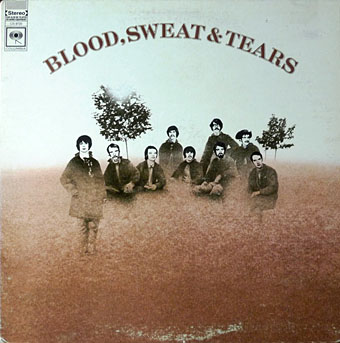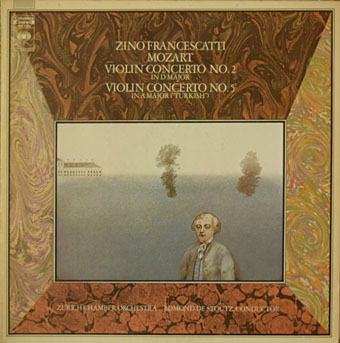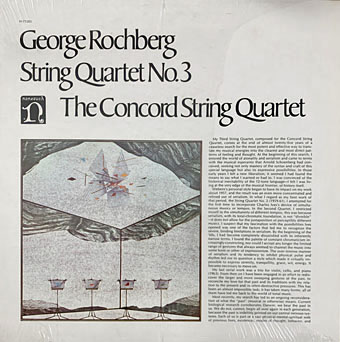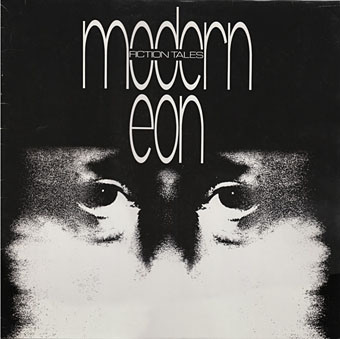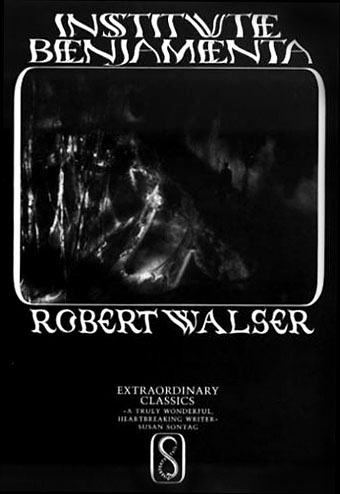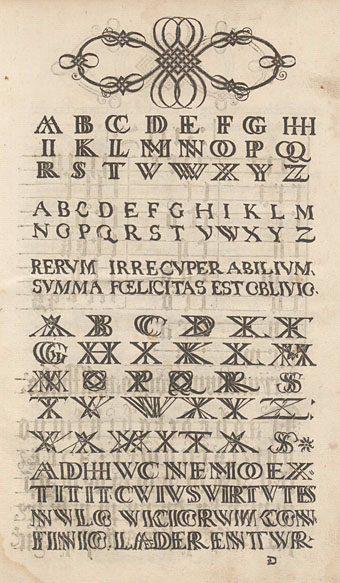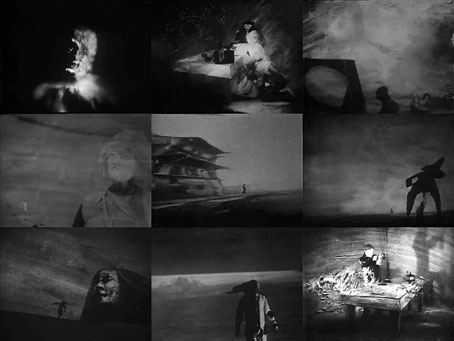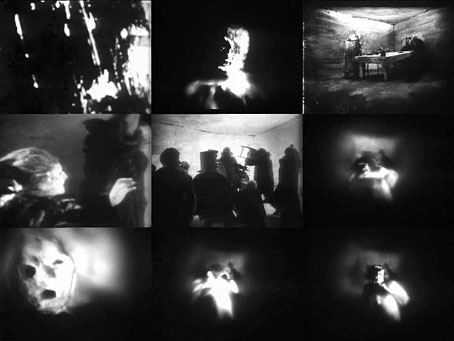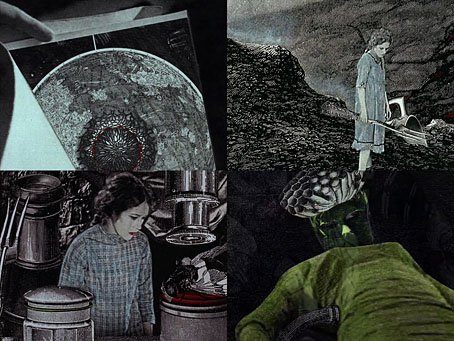
Stacey Steers’ Edge of Alchemy (2017) presents a unique approach to collage animation by combining backgrounds, objects and creatures taken from engraved illustrations with characters lifted from early cinema. The latter are two of the stars of the silent screen, Mary Pickford and Janet Gaynor, whose roles in several films are repurposed by Steers into a wordless 20-minute exploration of weird science: Pickford becomes “The Scientist”, a part she never would have been allowed to play in the silent days, while Gaynor is “The Creature”, a plant woman born from the Scientist’s experiments whose first appearance in bandages is borrowed from The Bride of Frankenstein. Bees proliferate in this scenario, very large ones with which the Creature has a natural affinity. The cumulative effect is like seeing Wilfried Sätty’s collages brought to life, in particular those in his first two books which incorporated photographic material with the engravings. The icing on the cake is a choral score by Lech Jankowski, best known for the music he composed for several of the Quay Brothers’ films.
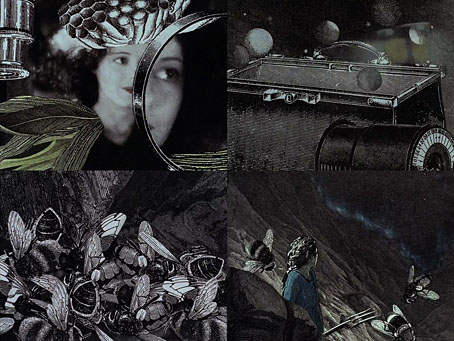
Previously on { feuilleton }
• Still Life, a film by Connor Griffith
• Hamfat Asar, a film by Lawrence Jordan
• Carabosse, a film by Lawrence Jordan
• Labirynt by Jan Lenica
• Heaven and Earth Magic by Harry Smith

